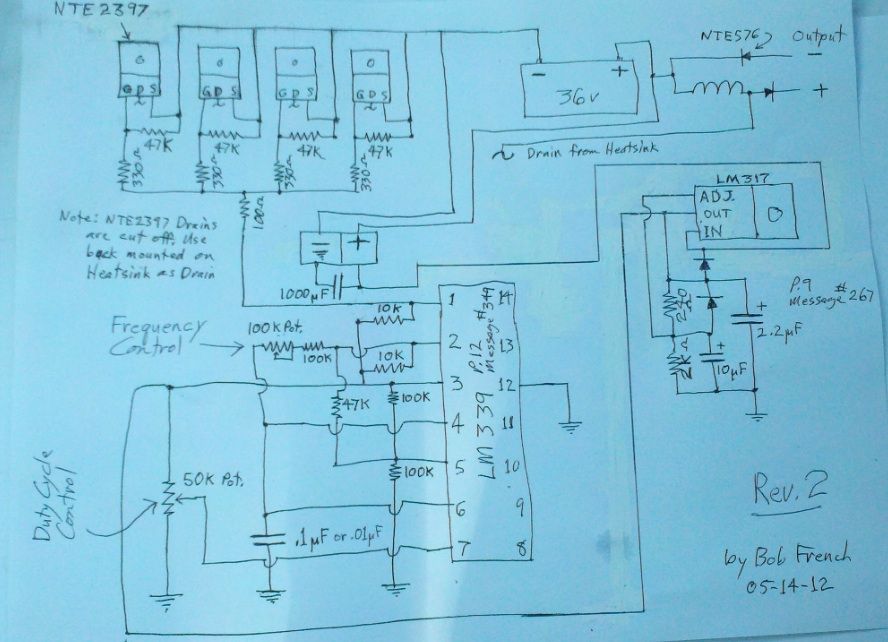Originally posted by prochiro
View Post
I know you probably won't answer, but I am very interested in where you got the pre-covered carbon fiber tape... I have searched the net and haven't found anything. A 1/4 inch 6mm wide coated CF tape would be perfect. Are you sure the coating is electrically insulating?
Larry





 The company we are getting it from is an all woman company (CST - The Composites Store, Inc.)
The company we are getting it from is an all woman company (CST - The Composites Store, Inc.)  I am happy that I made it, actually three, each setup better and the third is in its own case which keeps it out of the way and able to power up anything due to the three differant driver/booster types he gave. I put small switches in instead of the rotory on my last one for the frequency caps and would note that you are not limited to four selections of frequency ranges. One can build most of it on strip boards and have little wire to mess with. Everything is cool and although I put a fan in the box, none is needed. I also used heavier transistors and found that this somehow gives better control.
I am happy that I made it, actually three, each setup better and the third is in its own case which keeps it out of the way and able to power up anything due to the three differant driver/booster types he gave. I put small switches in instead of the rotory on my last one for the frequency caps and would note that you are not limited to four selections of frequency ranges. One can build most of it on strip boards and have little wire to mess with. Everything is cool and although I put a fan in the box, none is needed. I also used heavier transistors and found that this somehow gives better control.









Comment